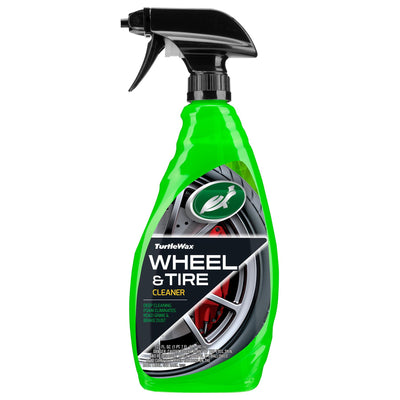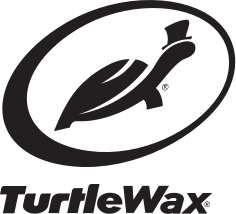
FREE DELIVERY ON ORDERS OVER $30
20% OFF SITEWIDE with code FALL20
THOUSANDS OF 5-STAR REVIEWS
- Home
-
Exterior
- Wash
- Wax, Seal & Coat
- Paint Correct
-
Restore
- headlight restoration
- scratch repair
- trim restoration
- bug & tar removal
- metal & chrome finish
- View all Restore
- Wheel & Tire
- View all Exterior
- Interior
- Hybrid Solutions
-
Mister Cartoon
- Mister Cartoon Complete Collection
- Mister Cartoon Air Care & Foggers
- Mister Cartoon Wash, Wax & Detailer
- Mister Cartoon Interior, LVP & Protectant
- Mister Cartoon Wheel & Tire
- View all Mister Cartoon
- Car Care Kits
- Accessories
- Learn
- Rewards
- Product Finder
FREE DELIVERY ON ORDERS OVER $30
20% OFF SITEWIDE with code FALL20
THOUSANDS OF 5-STAR REVIEWS

DEFINITIVE GUIDE TO PRESSURE WASHING YOUR CAR
In this article you will learn:
- How to safely integrate a pressure washer into your car wash routine
- Which car wash soap and accessories to use with your pressure washer
- The best way to pressure wash your wheels to remove brake dust and soils




